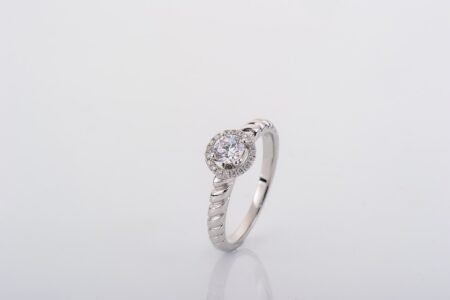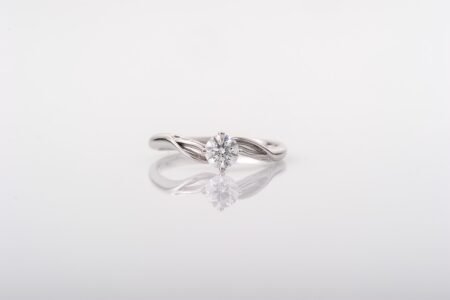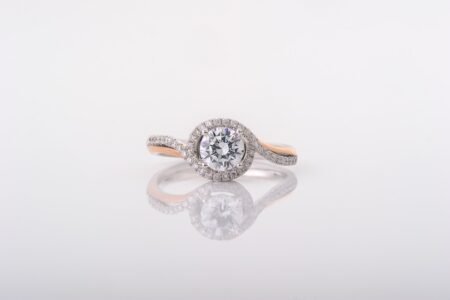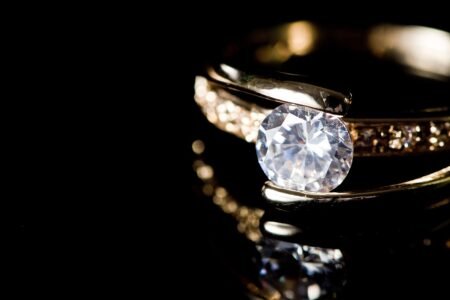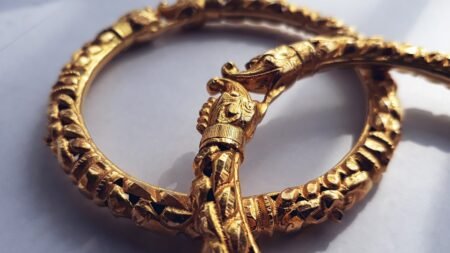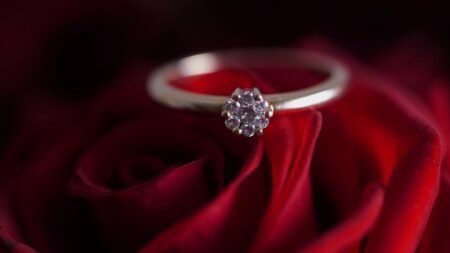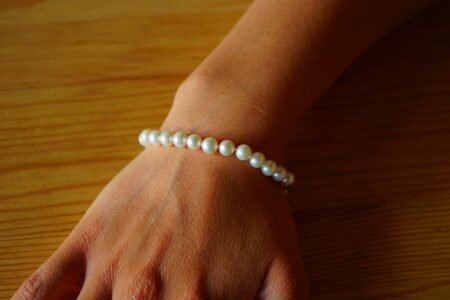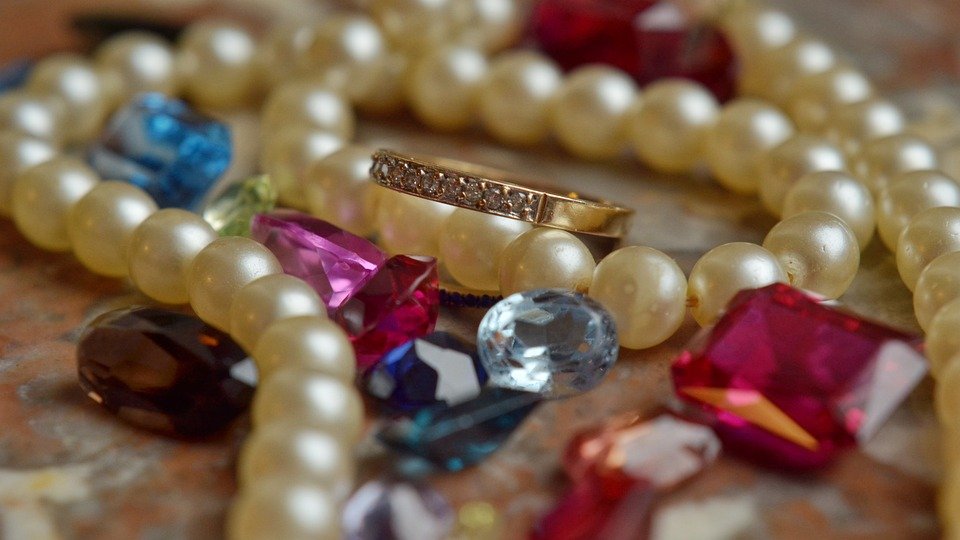
The Fascinating History of Diamonds: From Ancient Times to Modern Luxury
Diamonds have long been associated with luxury, beauty, and wealth. From their discovery in ancient times to their status as a symbol of love and commitment in modern society, the history of diamonds is as fascinating as the stones themselves.
Ancient Origins and Early Significance
Diamonds have a rich history that spans thousands of years. The earliest record of diamond mining dates back to around 4,000 years ago in India. The ancient Hindus believed that diamonds were created when lightning struck rocks, giving them their sparkling appearance. They also believed that diamonds had mystical powers and could protect against evil spirits.
During ancient times, diamonds were not just valued for their beauty but also for their practical uses. In ancient Greece, diamonds were used as engraving tools due to their hardness. The Romans believed that diamonds possessed invincibility and used them as talismans in battle.
Diamonds in the Middle Ages
During the Middle Ages, diamonds became a symbol of power and wealth among the elite. The rarity and mesmerizing beauty of diamonds made them highly sought after. However, diamonds were not as readily available as they are today, and only the wealthiest individuals could afford them. Diamonds were often worn as jewelry by royalty and nobility as a sign of their wealth and status.
The Diamond Trade Expands
In the 1700s, Brazil emerged as a significant source of diamonds, challenging India’s dominance in the diamond market. The discovery of diamond mines in South Africa in the late 1800s caused a significant shift in the diamond trade. South Africa soon became the leading supplier of diamonds, leading to an influx of diamonds into the market and making them more accessible to a wider range of people.
The De Beers Influence
One of the most significant players in the diamond industry is De Beers. Founded in 1888 by Cecil Rhodes, De Beers quickly gained control over the diamond supply. By acquiring mines and establishing partnerships with other diamond producers, De Beers was able to monopolize the diamond market. Their marketing campaigns, such as the famous slogan “A Diamond is Forever,” further solidified the association between diamonds and eternal love.
Diamonds in Modern Society
In the 20th century, diamonds became increasingly popular as engagement rings. The tradition of giving a diamond engagement ring can be traced back to an advertising campaign by De Beers in the 1940s. By promoting the idea that a diamond engagement ring is a symbol of everlasting love, De Beers successfully influenced societal norms and cemented the diamond’s position as the ultimate symbol of commitment.
Today, diamonds continue to be highly valued and sought after. They are not only used in jewelry but also in various industrial applications due to their exceptional hardness. The diamond industry has also taken steps to ensure ethical sourcing and responsible mining practices to address concerns about conflict diamonds.
In Conclusion
The history of diamonds is a captivating journey through time. From their mystical origins to their role as a symbol of love and wealth, diamonds have held a special place in human culture for centuries. Whether worn as a sparkling adornment or used in industrial applications, diamonds continue to captivate and inspire awe in people around the world. So next time you admire a diamond’s brilliance, remember the incredible history behind this precious gemstone.


